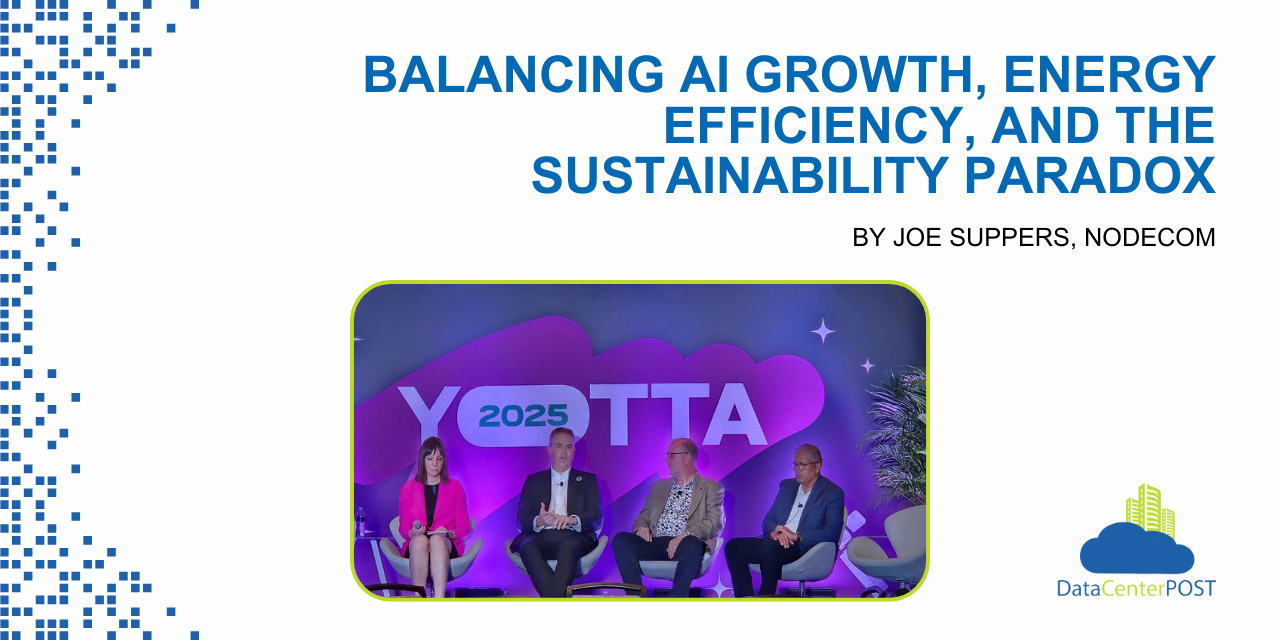At this year’s Yotta Conference, a powerful theme emerged from the panel led by Jacqueline Davis of the Uptime Institute. Joined by Peter De Bock (Eaton), Dr. Jon Summers (RI.SE), and Dr. Alfonso Ortega (Villanova University), the conversation focused on an increasingly urgent question:
How do we scale AI while preserving our planet’s resources?
The paradox is that AI promises boundless innovation, but its underlying infrastructure is energy-hungry, hardware-intensive, and environmentally expensive. The rise of large language models (LLMs) trained on massive datasets using GPU farms consuming megawatts of power presents a sustainability challenge that can’t be ignored.
However, it is predicted that most AI applications today aren’t training new models, they’re running inference.
Rather than centralizing all AI workloads in hyperscale data centers, inference can be pushed to the edge, closer to where data is generated. Think offices, factories, hospitals, and research labs.
This shift not only cuts energy usage dramatically, it improves responsiveness, reduces latency, and enhances data privacy.
AI doesn’t just compute, it also stores and retrieves data, constantly. And that means storage infrastructure must evolve too. At the EDGE, where space and energy are at a premium, Shingled Magnetic Recording (SMR) drives offer a compelling solution. SMR enables high-density storage with low energy draw, making it possible to deploy petabyte-scale storage in compact, efficient systems.
BUT Data is only as efficient as the system that manages it.
That’s where erasure-coded file systems come in. These systems:
- Reduce data volume by up to 50%, slashing storage needs and hardware demand
- Boost data speeds by up to 10x, enabling real-time access for AI workloads
- Preserve resiliency, ensuring uptime and data integrity even with fewer physical drives
The result? Less hardware, less energy, less waste and no compromise on performance.
For more information, visit: yotta-event.com.


